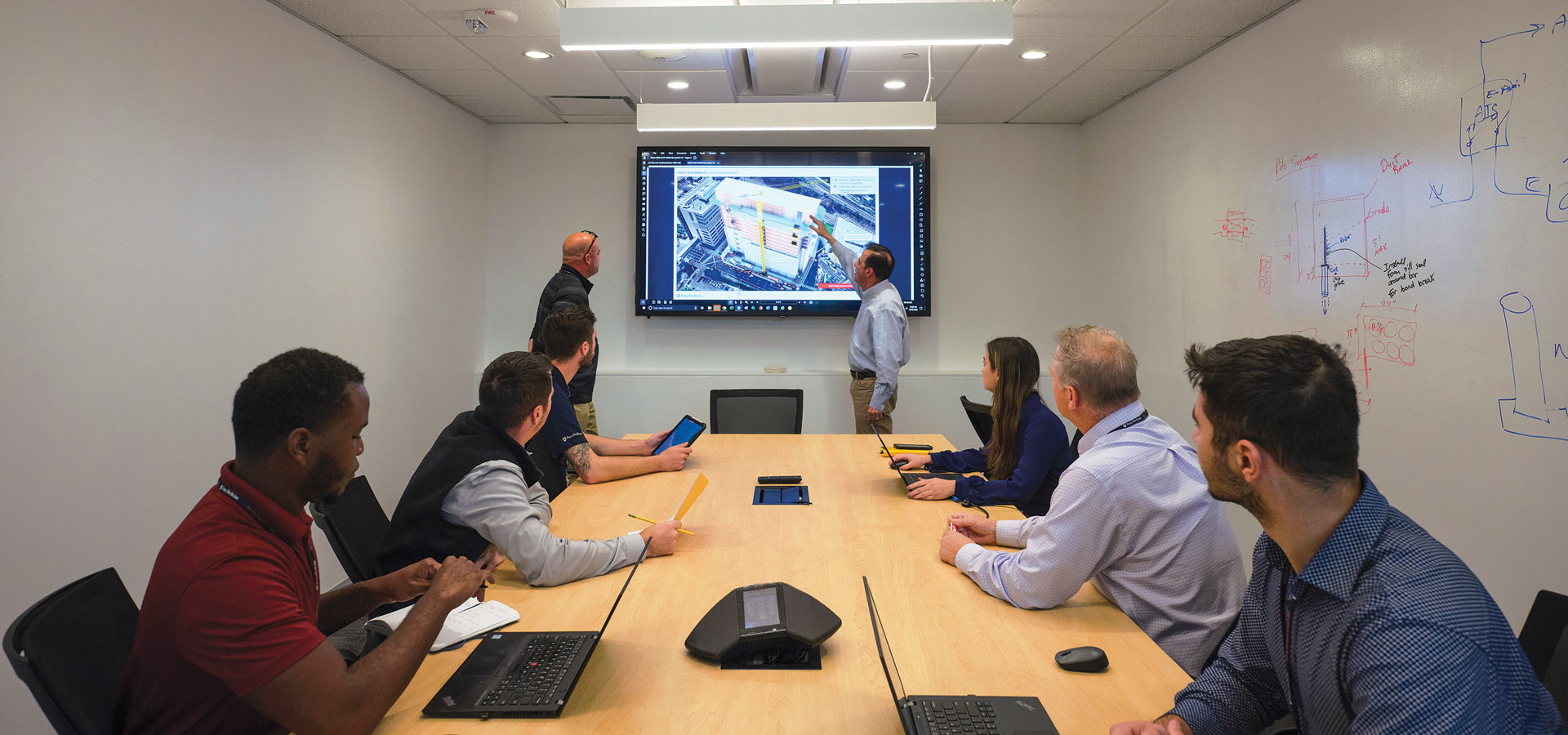In construction, innovation isn’t confined to piloting the newest technologies. Over the past decade, clients, contractors, and owners have been exploring project delivery methods that challenge traditional contractual structures to enhance collaboration and speed up delivery. One of the new and improved methods that has garnered significant attention in the industry is Integrated Project Delivery (IPD).
IPD EXPLAINED
Integrated Project Delivery (IPD) is a cutting-edge project delivery method that integrates people, systems, business structures, and practices into a process designed to harness the talents and insights of the entire project team at once. Unlike traditional project delivery methods where roles and responsibilities are often siloed, IPD aligns the objectives and practices of all team members, fostering a shared culture of trust, mutual respect, and open communication from start to finish.
However, establishing that culture is no easy feat. It requires builders, owners, and designers to buy-in to the process and establish trust early on. Having completed one of the largest IPD healthcare projects in the US Mid-Atlantic region and are currently working on several smaller IPD jobs, LF Driscoll has a unique perspective on how to achieve a project culture that fosters transparency, trust, and a “one team” mindset, from the owners to the subcontractors. Some of their best practices include:
- Collocated team space. Bringing together team members into a shared workspace can improve collaboration and communication while encouraging a sense of unity.
- Team building. Organizing team-building activities like workshops and social events can help strengthen personal relationships between team members, improve communication, and make sure everyone on the team feels valued.
- Continuous improvement mindset. Regular debrief sessions where the entire team can reflect on processes, outcomes, and areas where the team can perform better can lead to a culture of continuous improvement.
- Leadership commitment. Strong commitment from leadership at all levels is necessary to build and maintain the collaborative culture required for IPD. Leaders should model the collaborative behavior and support the team in overcoming any cultural or operational challenges.

“It’s never the same team from one project to the next so we strive to maintain good habits when it comes to setting up a job,” Dikon says. “Getting to know the people you’re working with and setting up the new team dynamic is critical to making any job a success.”
LF Driscoll vice president, Mike Dikon, has experience working on IPD projects, and stresses the importance of putting in the time to build that transparent, collaborative culture early on for each and every project.
THE BENEFITS OF IPD
Once the culture is established, the enhanced teamwork and collaboration means faster problem-solving and more efficiency overall. “You can pivot a lot better and faster in an IPD structure,” explains Dikon. “Instead of documenting every delay issue, claim issue, or cost event, we can all collectively jump on the next challenge and overcome it as a team. When everybody’s aligned with that, it’s amazing to see.”
But can projects leveraging a more traditional contractual structure gain the same benefits as IPD projects? The short answer is yes.
According to the LF Driscoll team, scalability of the IPD delivery method is one of the big questions the construction industry is trying to solve. LF Driscoll and their clients are continually exploring IPD contracts on smaller jobs with shorter schedules in order to test its potential and limitations. “I think what’s next for the market is figuring out how small an IPD job can be for it to still make financial sense and provide value,” says Dikon. “In those cases where it doesn’t make sense to proceed with an IPD contract, that’s where we’re going to rely on the IPD culture to bring the homeruns and the successes.”
In fact, LF Driscoll has partnered with clients to deliver the IPD culture on non IPD projects. Sometimes coined as “collaborative project delivery,” or “IPD light,” this approach offers the benefits of the more collaborative, efficient IPD culture to projects leveraging a traditional project delivery method, such as a GMP contract.
The success of the IPD culture on both contractually traditional and IPD projects demonstrates the construction industry’s desire to work more collaboratively than ever before. On top of accelerating project timeline, the IPD culture fosters an environment of mutual trust and respect among all project stakeholders. From streamlining constructability assessments to navigating supply chain challenges, builders are able to take on a more strategic role in complex projects regardless of size. The contractor’s role is changing, and LF Driscoll is leading the way.

